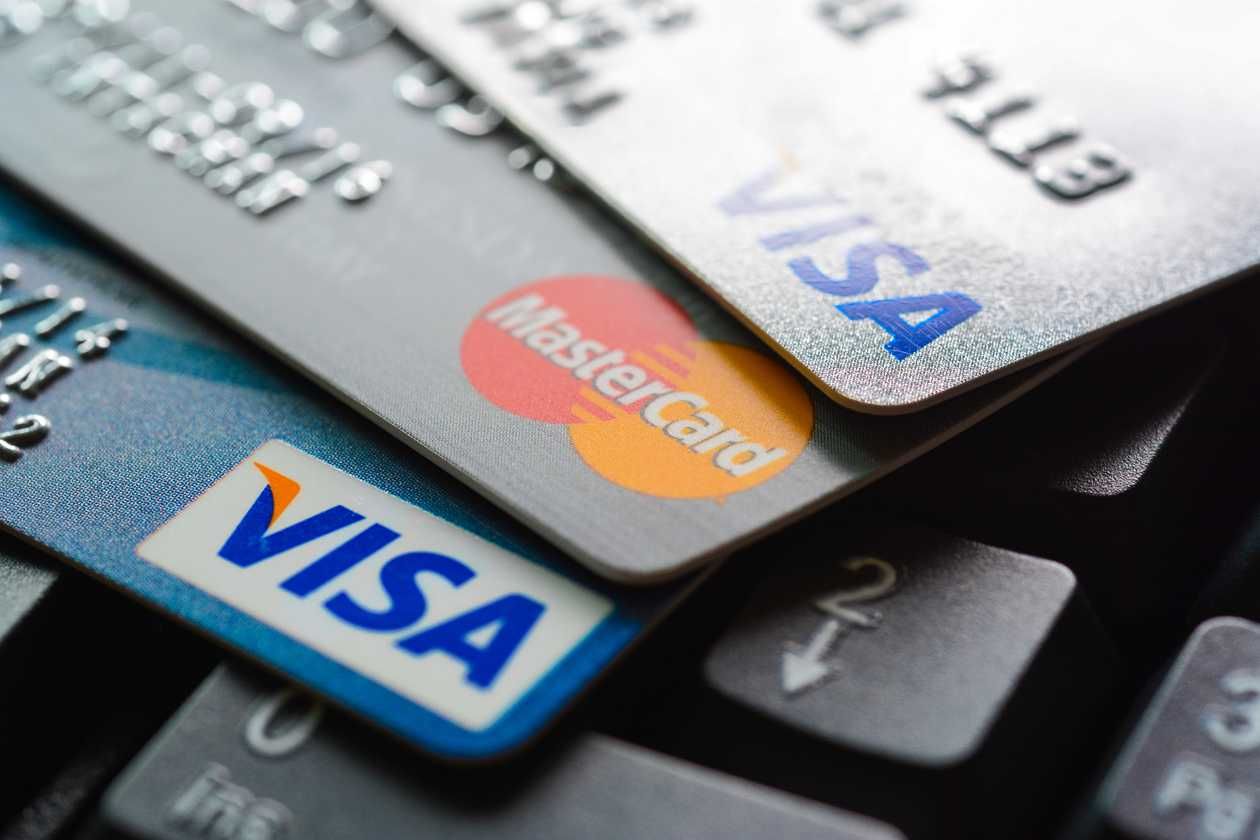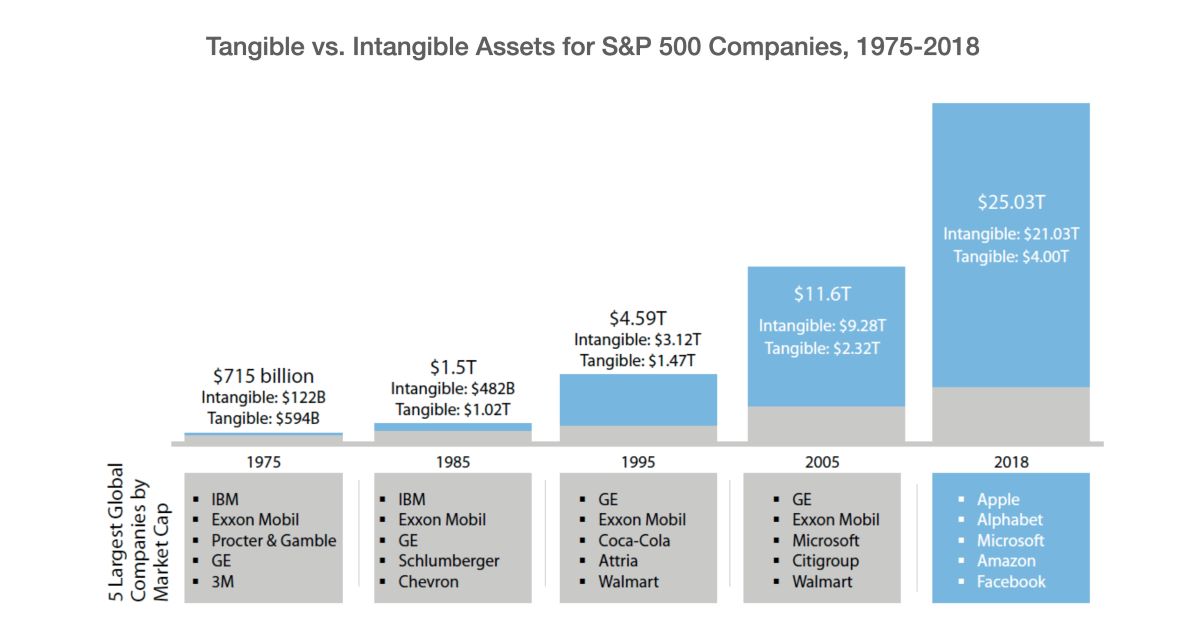Home>Finance>How To Figure Out A Minimum Payment For A Credit Card


Finance
How To Figure Out A Minimum Payment For A Credit Card
Published: February 26, 2024
Learn how to calculate the minimum payment for your credit card and manage your finances effectively. Get expert tips on handling credit card payments.
(Many of the links in this article redirect to a specific reviewed product. Your purchase of these products through affiliate links helps to generate commission for LiveWell, at no extra cost. Learn more)
Table of Contents
- Understanding the Importance of Minimum Payments on Credit Cards
- The Basics of Minimum Payments on Credit Cards
- Influential Elements in Calculating Minimum Payments
- Understanding the Methodology Behind Minimum Payment Calculation
- Strategies for Responsible Handling of Minimum Payment Obligations
- Navigating Minimum Payments: Empowering Financial Prudence
Introduction
Understanding the Importance of Minimum Payments on Credit Cards
Credit cards have become an integral part of modern-day financial transactions, offering convenience and flexibility to users. However, the ease of swiping a card often leads to overlooking the crucial aspect of managing credit card debt. One fundamental element of this management is the minimum payment required each month. Understanding how to calculate and manage this minimum payment is essential for maintaining a healthy financial standing.
In this comprehensive guide, we will delve into the intricacies of minimum payments on credit cards, exploring the factors that influence them and providing actionable tips for effectively managing them. By the end of this article, you will have a clear understanding of the significance of minimum payments and the strategies to handle them responsibly.
Credit card minimum payments are more than just a routine financial obligation; they have a direct impact on your overall financial well-being. Failing to meet these minimum payments can lead to a cascade of financial challenges, including penalty fees, increased interest rates, and a negative impact on your credit score. Conversely, understanding how to calculate and manage minimum payments can empower you to maintain control over your finances, avoid unnecessary fees, and work towards reducing your credit card debt effectively.
Now, let's embark on a journey to unravel the complexities of minimum payments on credit cards and equip ourselves with the knowledge and strategies to navigate this aspect of personal finance adeptly.
Understanding Minimum Payments
The Basics of Minimum Payments on Credit Cards
Minimum payments on credit cards represent the smallest amount that a cardholder must pay each month to maintain the account in good standing. While it may seem like a routine financial obligation, understanding the intricacies of minimum payments is crucial for effectively managing credit card debt.
When you receive your credit card statement, it typically includes the total outstanding balance, the minimum payment due, the due date, and the annual percentage rate (APR). The minimum payment is calculated based on various factors, including the outstanding balance, interest accrued, and a percentage of the total balance. It is important to note that while making the minimum payment keeps the account current, it may not significantly reduce the overall debt due to the accruing interest.
One common misconception about minimum payments is that they primarily contribute to reducing the principal balance. In reality, a significant portion of the minimum payment often goes towards covering the interest accrued on the outstanding balance, with only a fraction allocated to reducing the actual debt. This dynamic underscores the importance of understanding the implications of making minimum payments over an extended period.
Moreover, minimum payments are designed to ensure that cardholders fulfill their financial obligations while providing flexibility in managing their cash flow. However, relying solely on minimum payments can lead to a prolonged repayment period and substantial interest costs. It is essential to view minimum payments as a baseline requirement and strive to allocate additional funds towards reducing the principal balance whenever possible.
By gaining a comprehensive understanding of minimum payments, cardholders can make informed decisions regarding their repayment strategies. Whether it involves prioritizing higher-interest balances, exploring debt consolidation options, or creating a structured repayment plan, the knowledge of minimum payments serves as a foundational element in navigating the complexities of credit card debt management.
As we delve deeper into the factors influencing minimum payments and the methods for calculating them, it becomes evident that a nuanced understanding of this aspect of personal finance is instrumental in achieving long-term financial stability.
Factors Affecting Minimum Payments
Influential Elements in Calculating Minimum Payments
Several key factors contribute to the calculation of minimum payments on credit cards, each playing a significant role in determining the required monthly amount. Understanding these factors is essential for gaining insight into the dynamics of minimum payments and their impact on overall debt management.
- Outstanding Balance: The total amount owed on the credit card, including both the principal balance and any accrued interest, directly influences the minimum payment. A higher outstanding balance typically results in a proportionally higher minimum payment, reflecting the need to address the larger debt effectively.
- Annual Percentage Rate (APR): The APR, which represents the annual interest rate charged on the outstanding balance, significantly affects the minimum payment. Higher APRs lead to increased interest costs, thereby elevating the minimum payment required to make meaningful progress in reducing the debt.
- Minimum Payment Calculation Method: Credit card issuers utilize various methods to calculate minimum payments, including a percentage of the outstanding balance or a predetermined minimum amount. Understanding the specific calculation method employed by the issuer is crucial for accurately projecting the monthly payment obligations.
- Interest Accrual: The ongoing accrual of interest on the outstanding balance directly impacts the minimum payment due. As interest accumulates, a larger portion of the minimum payment is allocated to covering these costs, potentially prolonging the repayment period if only minimum payments are made.
- Fee Assessments: Certain fees, such as late payment fees or over-limit fees, can contribute to an increase in the minimum payment. It is imperative to monitor and address any additional fees to prevent them from further inflating the required monthly payment.
By recognizing and analyzing these influential elements, cardholders can gain a comprehensive understanding of the intricacies involved in determining minimum payments. This awareness empowers individuals to make informed decisions regarding their repayment strategies, allocate resources effectively, and work towards reducing their credit card debt strategically.
As we explore the methods for calculating minimum payments and the proactive measures for managing them, it becomes evident that a holistic comprehension of the underlying factors is instrumental in fostering financial stability and responsible debt management.
Calculating Minimum Payment
Understanding the Methodology Behind Minimum Payment Calculation
The calculation of minimum payments on credit cards involves a structured methodology that considers various financial factors to determine the required monthly payment. While the specific formula for calculating minimum payments may vary among credit card issuers, understanding the fundamental principles underlying this process is essential for effectively managing credit card debt.
One common method employed by credit card issuers to calculate minimum payments involves a combination of the outstanding balance and the annual percentage rate (APR). This approach typically results in a minimum payment that encompasses the interest accrued on the outstanding balance, a percentage of the principal amount, and any applicable fees. By integrating these elements, credit card companies aim to ensure that cardholders meet their financial obligations while addressing the ongoing interest costs.
Another prevalent method for calculating minimum payments involves a predetermined percentage of the outstanding balance. In this approach, a specific percentage, such as 1% to 3% of the total balance, is established as the minimum payment requirement. While this method provides a straightforward way to determine the minimum payment, it is important to recognize that solely making minimum payments based on a percentage of the balance may lead to an extended repayment period and increased interest expenses.
Understanding the methodology behind minimum payment calculation enables cardholders to anticipate their monthly financial commitments and strategically plan their repayment approach. By proactively estimating the minimum payment based on the outstanding balance, interest rate, and any additional fees, individuals can align their financial resources to effectively manage their credit card debt.
Moreover, leveraging online calculators provided by credit card issuers or utilizing financial management tools can facilitate the estimation of minimum payments and aid in devising a structured repayment strategy. These resources empower cardholders to gain clarity on the projected minimum payment obligations, explore various repayment scenarios, and make informed decisions regarding debt management.
As we delve into the proactive measures for managing minimum payments and the strategic approaches for optimizing debt repayment, it becomes evident that a comprehensive understanding of the calculation methodology is instrumental in fostering financial prudence and empowering individuals to navigate the complexities of credit card debt effectively.
Tips for Managing Minimum Payments
Strategies for Responsible Handling of Minimum Payment Obligations
Effectively managing minimum payments on credit cards is paramount for maintaining financial stability and working towards reducing overall debt. While minimum payments serve as a baseline requirement to keep the account current, adopting proactive strategies can empower individuals to navigate this aspect of credit card management adeptly. Here are actionable tips for managing minimum payments responsibly:
- Allocate Additional Funds: Whenever possible, strive to allocate additional funds towards reducing the principal balance beyond the minimum payment. By earmarking extra resources, such as a portion of disposable income or windfall gains, towards debt repayment, individuals can expedite the reduction of outstanding balances and minimize interest costs.
- Prioritize Higher-Interest Balances: If managing multiple credit card accounts, prioritize allocating additional payments towards the balances with the highest interest rates. This approach can lead to more significant interest savings over time and accelerate the overall debt reduction process.
- Monitor Spending Habits: By conscientiously monitoring and controlling spending habits, individuals can mitigate the accumulation of additional debt, thereby reducing the impact on minimum payment obligations. Cultivating prudent financial habits contributes to a sustainable approach to credit card management.
- Explore Debt Consolidation Options: Consider exploring debt consolidation strategies, such as transferring high-interest balances to a single, lower-interest account or utilizing consolidation loans. This approach can streamline debt repayment and potentially lower overall interest costs, facilitating more manageable minimum payments.
- Utilize Financial Management Tools: Leveraging budgeting apps, financial calculators, and online resources provided by credit card issuers can aid in tracking minimum payment obligations, projecting repayment timelines, and devising structured debt management plans. These tools offer valuable insights into optimizing minimum payments and overall debt reduction strategies.
By implementing these proactive measures and adopting a strategic approach to managing minimum payments, individuals can effectively navigate the complexities of credit card debt and work towards achieving long-term financial well-being. Recognizing the significance of responsible debt management and leveraging actionable strategies empowers individuals to take control of their financial futures and cultivate prudent financial habits.
As we delve into the nuances of responsible debt management and the holistic approach to navigating minimum payments, it becomes evident that adopting proactive strategies is instrumental in fostering financial resilience and empowering individuals to achieve their financial goals.
Conclusion
Navigating Minimum Payments: Empowering Financial Prudence
Understanding the intricacies of minimum payments on credit cards is integral to fostering responsible debt management and achieving long-term financial stability. As we conclude this comprehensive guide, it is evident that minimum payments play a pivotal role in the dynamics of credit card debt, influencing overall repayment strategies and financial well-being.
By unraveling the factors affecting minimum payments, delving into the methodology of minimum payment calculation, and exploring actionable tips for managing minimum payments responsibly, individuals can equip themselves with the knowledge and strategies to navigate this aspect of personal finance adeptly. Recognizing the significance of proactive debt management and leveraging informed strategies empowers individuals to take control of their financial futures and cultivate prudent financial habits.
Furthermore, the impact of minimum payments extends beyond mere financial transactions, influencing credit scores, borrowing capabilities, and overall financial resilience. By embracing a proactive approach to managing minimum payments and adopting prudent financial practices, individuals can work towards reducing credit card debt, minimizing interest costs, and achieving a sound financial standing.
As we reflect on the comprehensive insights provided in this guide, it is imperative to recognize the transformative power of informed financial decision-making. Navigating minimum payments on credit cards involves a blend of financial acumen, proactive planning, and disciplined execution. By integrating these elements into their financial journey, individuals can chart a course towards financial freedom and cultivate a sustainable approach to credit card management.
In essence, the journey of managing minimum payments transcends mere financial transactions, embodying a commitment to responsible financial stewardship and the pursuit of enduring financial well-being. By embracing the knowledge and strategies presented in this guide, individuals can embark on a path towards financial prudence, empowered by a comprehensive understanding of minimum payments and the proactive measures for managing them effectively.














